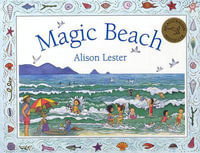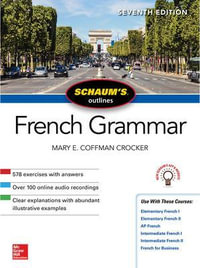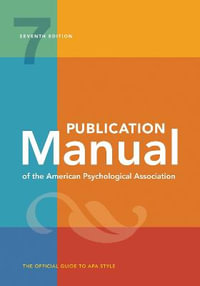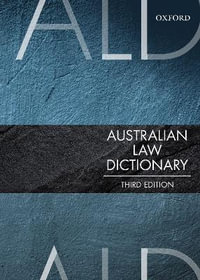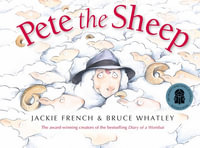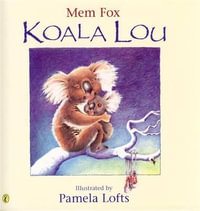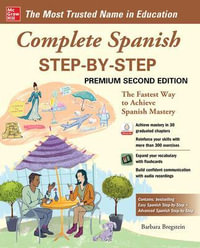This book provides a complete course for beginning students who want to master the first step in learning to read and write Japanese!
With plentiful writing and reading practice, this workbook starts with the basic letters and works up to writing words and complete sentences. Divided into two parts, the first part presents the 46 main Hiragana in their full and contracted forms, with extensive writing spaces provided for writing practice. Recognition and pronunciation of the letters are reinforced through writing and listening exercises.
In the second half of the book, students can apply their knowledge of Hiragana in a Writing Practice section that contains sentences related to contexts in which Hiragana words are often used, such as greetings, common expressions, place names and transportation. The exercises are graded in difficulty from Writing Drills (from copying to writing from memory) to Dictation Practice (connecting the sounds with the letters) to Writing Exercises (writing answers that fit the situations given).
Unique features of this language workbook include:
- A thorough overview of the Japanese writing system explaining when and how Hiragana is used
- Handwriting and stroke-order tips
- Online audio files speed up the process by reinforcing the pronunciation of the letters through a variety of listening and writing exercises
- Printable flashcards available online for download
- Mnemonic illustrations for every character
The Japanese writing system combines three types of letters: hiragana, katakana, and kanji. Hiragana can be used to spell out the sounds of kanji Chinese character words—and if you don't know the kanji character you can use Hiragana instead (as young children do). It is also used for various grammatical-function words as well as verb and adjective endings.
About the Author
Emiko Konomi received her PhD in Linguistics from Cornell University. She was a member of the faculty of the School of Business Administration and Department of World Languages and Literature at Portland State University. Dr. Konomi has taught all levels of Japanese including business Japanese, and has extensive experience training Japanese-language instructors at various teacher-training programs in the US. Her dedication to quality teaching earned her the 2011 and 2015 John Eliot Allen Outstanding Teaching Award. Her academic research focuses on Japanese linguistics and pedagogy. She is the author of
Easy Japanese.



